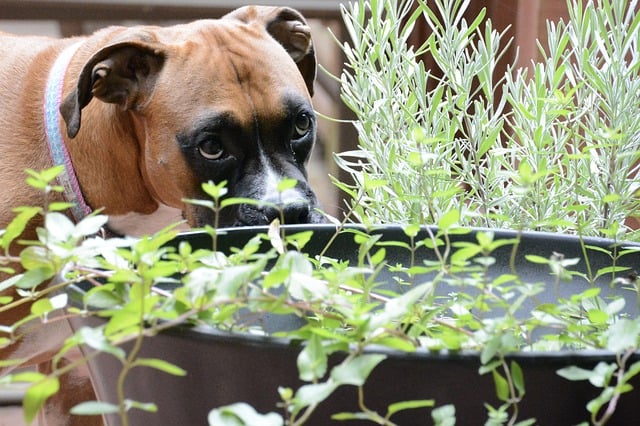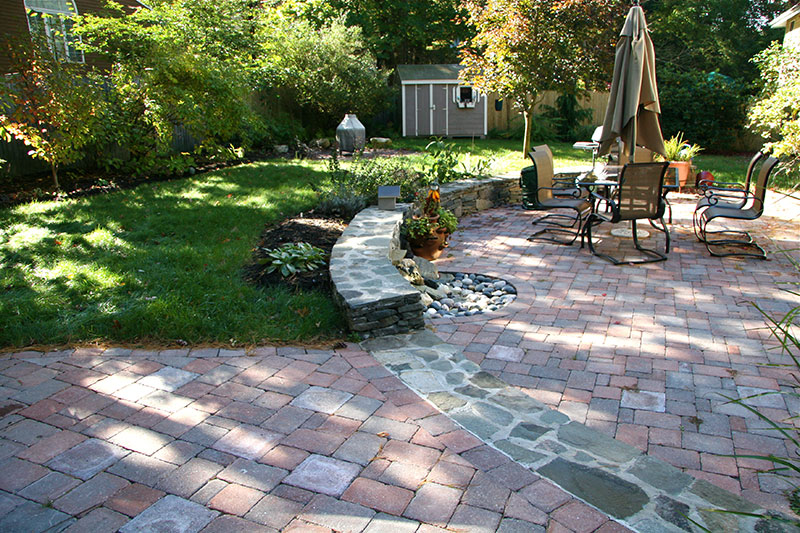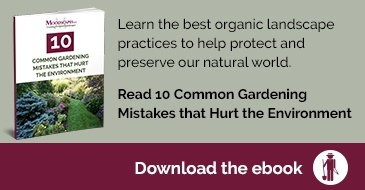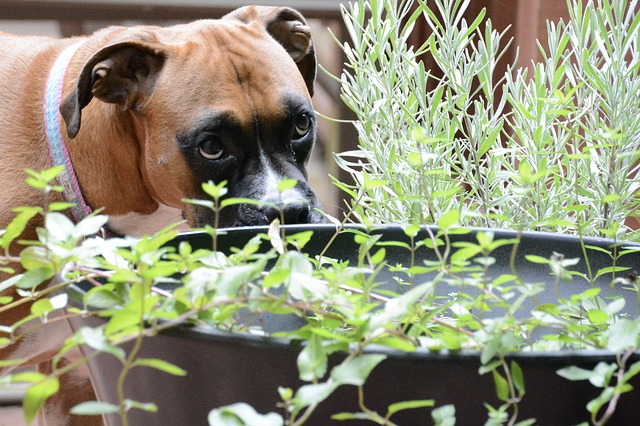Everyone loves the family pet, a companion that kids and adults appreciate having around. But as homeowners with dogs and cats know, there are some parts of your residence that you can’t share with your furry bundle of joy, and outdoor areas aren’t always the exception.
It’s great to have an outside space for your pet to run or play in. But if you plan on growing food, creating a peaceful garden for meditation, or simply want to keep your dog or cat safe outside, you have to consider the elements that could cause them harm.
Here’s what you should know when it comes to making sure your pet is safe while enjoying time in the yard:

Avoid Plants That are Harmful to Pets
If you want your dog or cat to have freedom to roam around in your yard without worrying about them eating something that harms them, your safest bet is to remove potentially harmful plants from your yard. A few common plants that are dangerous to pets include:
- Lilies - while some types of lilies are harmless for dogs, they are especially dangerous for felines. Consuming certain types of lilies can cause kidney damage or even failure for cats.
- Tulips - the bulbs of tulips contain a high concentration of toxins called Tulipalin A and Tulipalin B. If consumed they can cause vomiting and diarrhea in cats, dogs, and horses.
- Hollies - this includes mistletoe and certain kinds of rosemary and berries. Its spiny leaves can cause cuts and irritation to a pet’s mouth and tongue; if ingested it can cause internal problems as well.
If you want to grow any of these plants in your yard, make sure they are kept in an area that is either elevated away from the reach of your pet, or fenced in so that the pet can’t get to it. Many dog and cat owners feel that their pet is trained enough to know not to eat these harmful plants, but it’s still better to be safe than sorry.

Use the Right Hardscaping
Cats and dogs have pads on the bottom of their feet to help with traction and shock absorption. However, if they spend too much time walking on hard or rough terrain, it can cause cuts that become infected and cause pain. One of the most common types of hardscaping stone this happens with is pea stone, also known as pea gravel. If you were hoping to use this material in your yard, make sure that it’s smooth enough to not harm your pets’ feet.
Use Organic Fertilizer and Lawn Treatments
While Round-Up and other glyphosate-based weed killers are marketed as being safe for pets and children, there is some controversy about whether or not they are really harmless. Research shows that 15% of dogs who consume grass that has been treated with glyphosate have toxic reactions. Even if Round-Up doesn’t directly harm your pet, if they walk through an area treated with it they could end up killing healthy parts of your yard. For these reasons, it’s best to use organic treatments on all areas of your yard.
With a little bit of planning and foresight, you can make your yard safe for any animal. If you’re interested in getting professional assistance with planning a pet-friendly yard, contact the expert landscape design team at Moodscapes today.

Moodscapes LLC is an organic landscape design and service company with a focus on helping you extend your life outdoors to enjoy activities on your own, as a family and with friends. We create opportunities for you to commune with and find joy and peace in nature and to live in an ecologically friendly and healthy environment. Please explore our landscape services and the portfolio that demonstrates many examples of our work.




